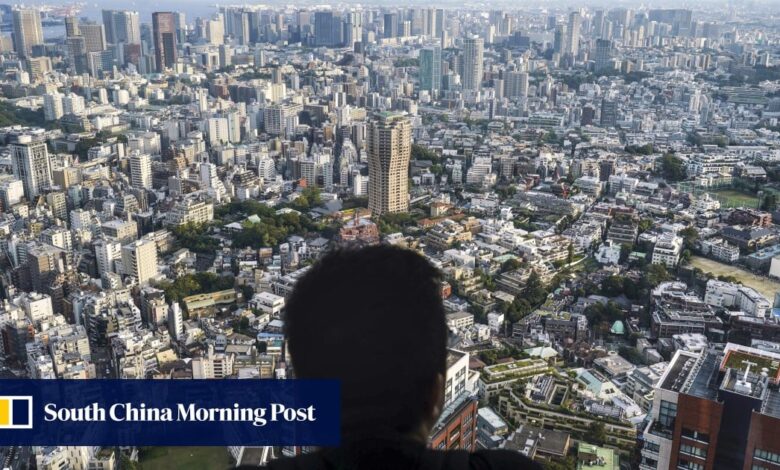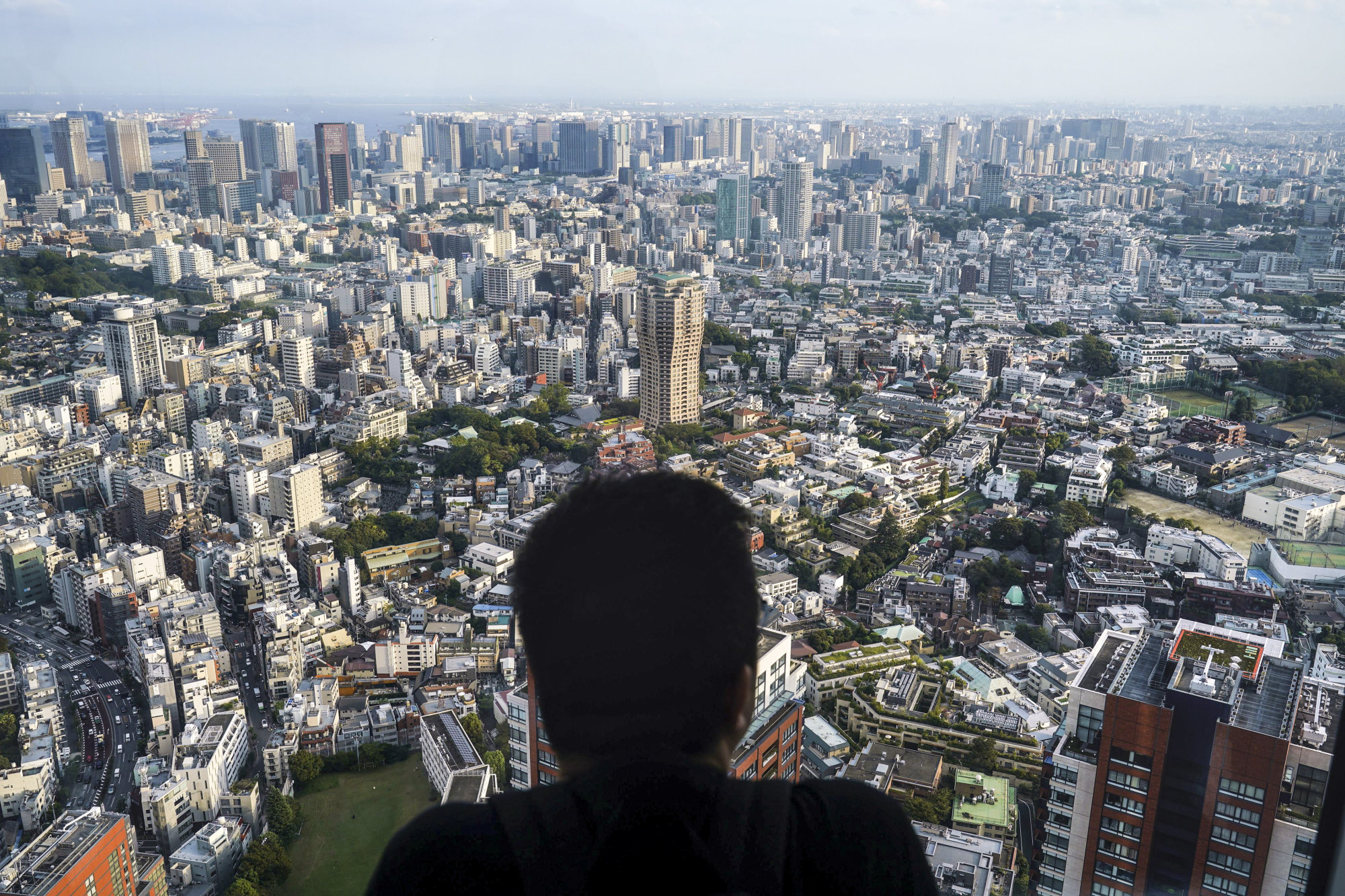In Japan, US military feels the squeeze as accident fears grow at heliport surrounded by skyscrapers

[ad_1]
Concerns are growing over the safety of a heliport in central Tokyo used by the US military and embassy personnel, as a slew of new skyscrapers threaten to further narrow the already-tight air corridor into the facility.
Local authorities say at least six more tower blocks are under construction within 1km (1,090 yards) of the heliport, known as Hardy Barracks.

And while the heliport had unobstructed access to the sky in the years immediately following World War II, that is no longer the case. Hardy Barracks is now surrounded by tower blocks, a densely packed area of homes and schools, and the sprawling nightlife and shopping district of Roppongi. Nine towers at least 100 metres (330 feet) tall surround the base and an additional six will be completed in the next couple of years, the Mainichi newspaper reported.
A new flight path into the capital’s Haneda International Airport, which was opened in 2020 and directly traverses the area, has further complicated matters.
Japan to expand island military base near Taiwan after China’s missile drills
Japan to expand island military base near Taiwan after China’s missile drills
The local government of Tokyo’s Minato ward has long expressed concerns about the US’ use of the base and the potential for accidents, and the imminent completion of new tall structures in the area has only added urgency to its campaign.
Earlier this year, ward authorities delivered a formal request to Japan’s defence ministry calling for the heliport’s closure on the grounds of the growing possibility of an accident.

Elsewhere in Japan, Okinawa recently marked the anniversary of a US transport helicopter’s August 2004 crash landing in the grounds of Okinawa International University. There were no deaths in that crash – although the three-man crew of the CH-53D Sea Stallion helicopter were treated for injuries – and campaigners have used the incident to support their claims that the people of the prefecture live in fear for their lives.
“It’s a bit of a mystery why the US keeps the Roppongi heliport, as there is nothing in the public domain that indicates it is critical,” said Garren Mulloy, an international-relations professor at Daito Bunka University in Tokyo.
According to Mulloy, the US appears to be using the base for Sikorsky Black Hawk military helicopters and their S-70 civilian transport variant. There have also been reports of twin-rotor Boeing CH-47 Chinooks at the facility.
“We know that helicopters are very versatile aircraft and they always operate within specific margins of safety, but there are clearly some problems with the flight paths into the heliport,” he told This Week In Asia. “The parameters that the aircraft have to operate within are being narrowed because of these new high-rise buildings and having fewer alternative spaces to come down in should they have to.”
Japan top general warns with ‘jarring bluntness’ country’s security is at stake
Japan top general warns with ‘jarring bluntness’ country’s security is at stake
And given that helicopters are not invulnerable to mechanical problems or pilot error, Mulloy said the US was taking something of a risk by continuing to fly over Tokyo.
“If a US helicopter was to have an accident in central Tokyo, or even a near-miss over the city, then there would have to be a full inquiry and that would dredge up all the evidence of previous expressions of concern by local authorities going back many years,” he said. “And that would be hugely damaging for both the US and the Japanese national government.
“And this situation is only going to get worse,” he pointed out, “as the Tokyo skyline is only going in one direction – up.”
[ad_2]
Source link





